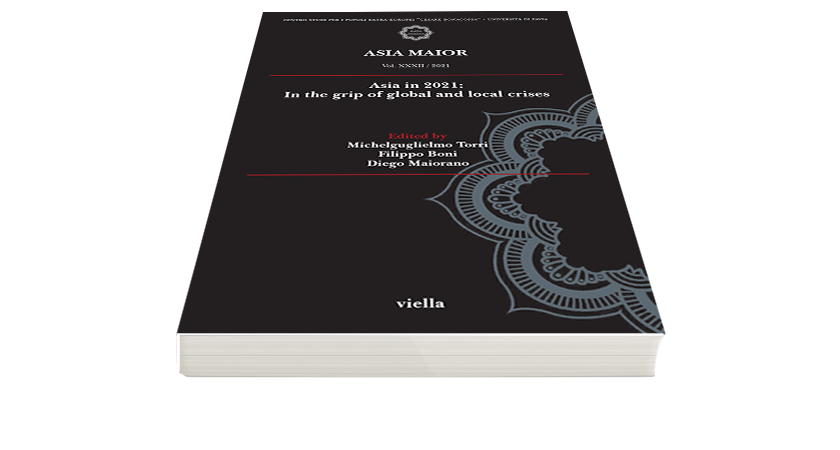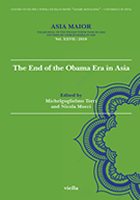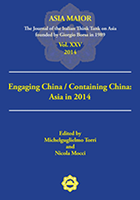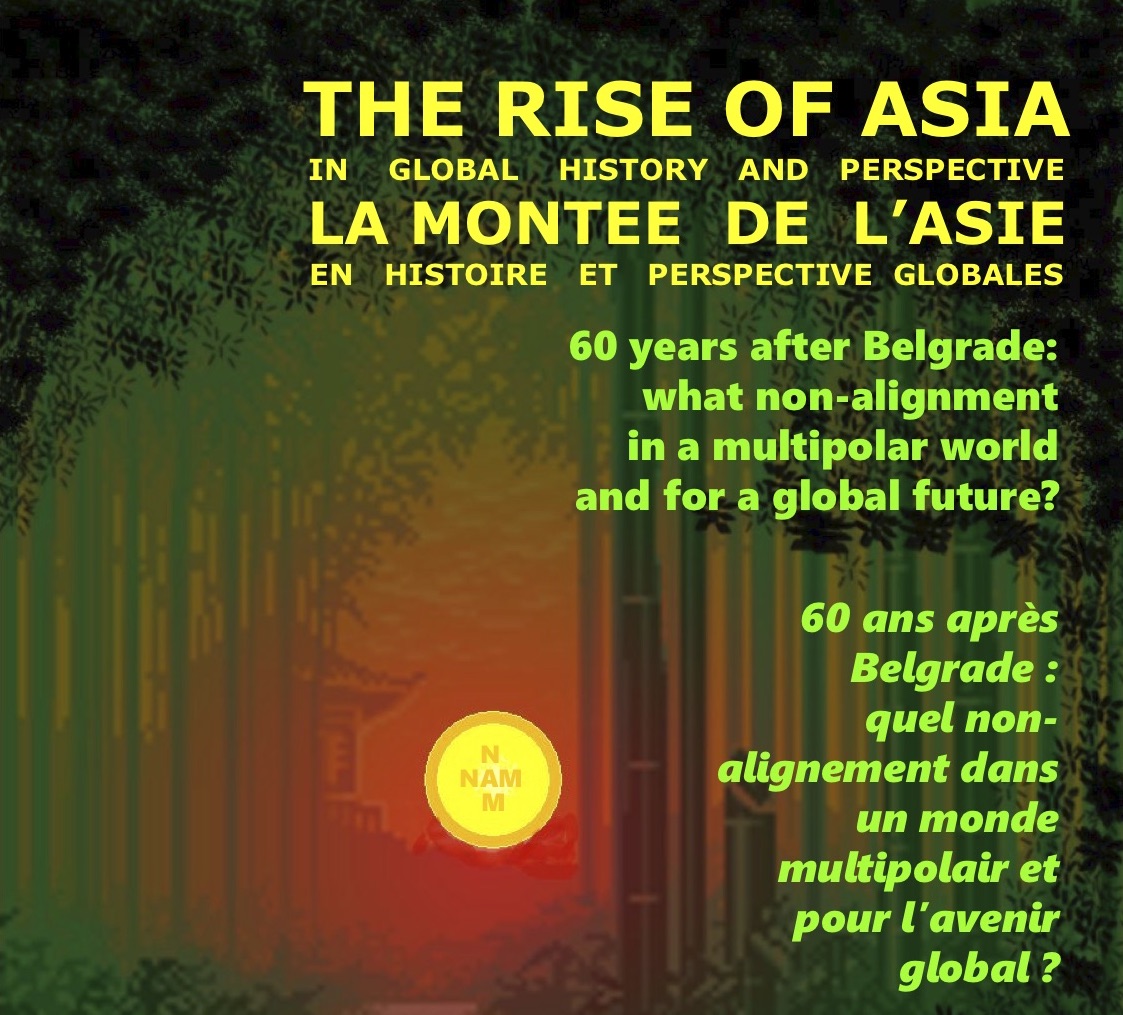Myanmar 2016: From enthusiasm to disillusionment
Available also in pdf – Download Pdf –
2016 was the year when political change finally came to Myanmar. After a fiveyear transition from military rule to a (semi-)civilian government, the two electoral rounds of November 2015 (parliamentary) and March 2016 (presidential) ushered in a new phase of formally – if substantially constrained – democratic politics. The 2015 (direct) elections were the real watershed between two political eras, with the 2016 (indirect) ones representing the completion of NLD leader Aung San Suu Kyi’s victory. This article reviews the events of 2016, and shows that the year can best be understood as a tale of two contrasting halves. Initially, the government laid out its priorities in domestic, economic and foreign policy. It identified peace-building as the first priority. The first part of the year proceeded relatively smoothly, without major mistakes by the government, whereas the second was marked by increasing tensions and incidents in Rakhine State in the south west. An attack in October by a Rohingya militant organization against border police sparked clashes that led to a crackdown by the army and a renewed flow of refugees into neighbouring Bangladesh. Criticism of the plight of the Rohingya community was growing outside the country. Myanmar’s transition was clearly still very much a work-in-progress.





































